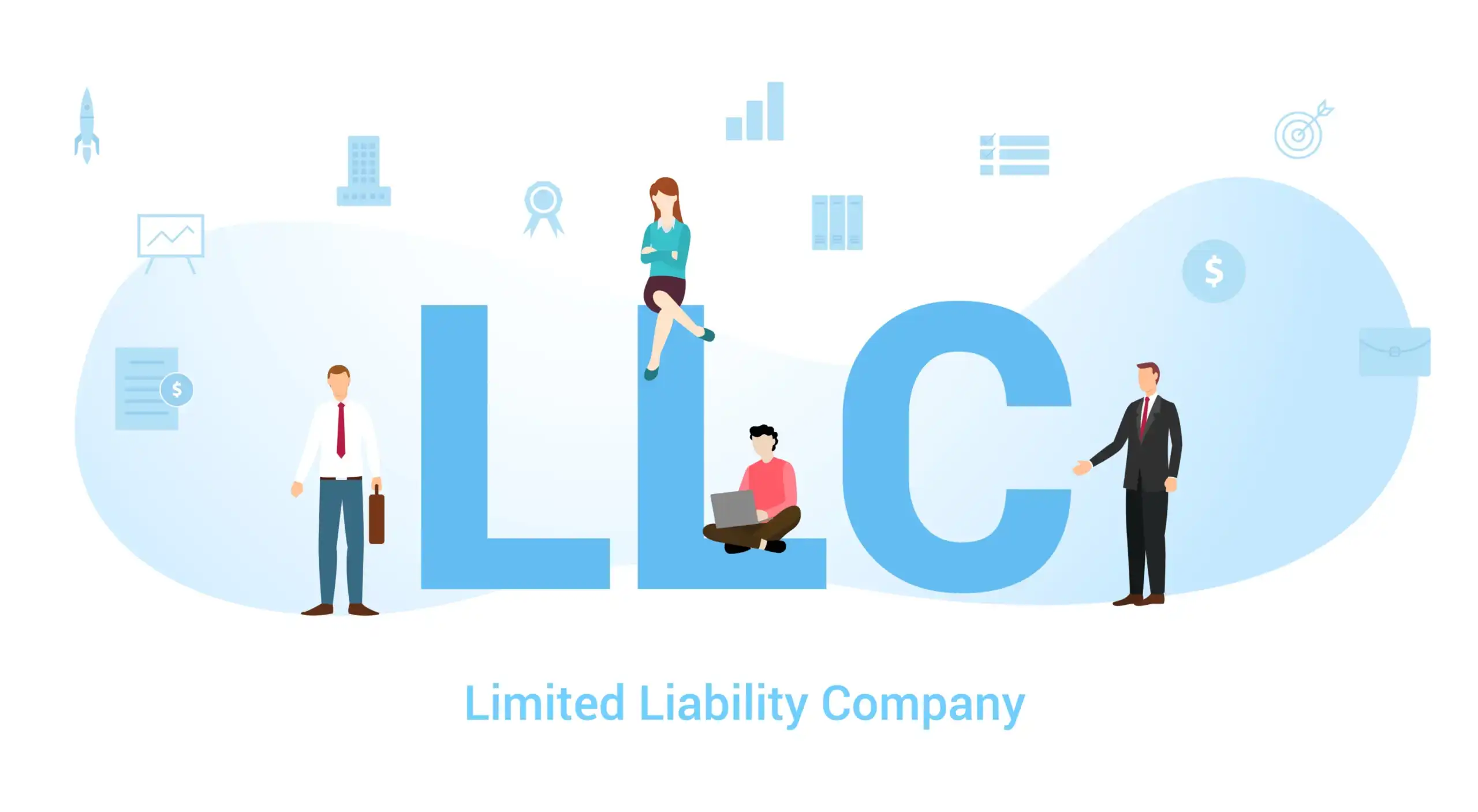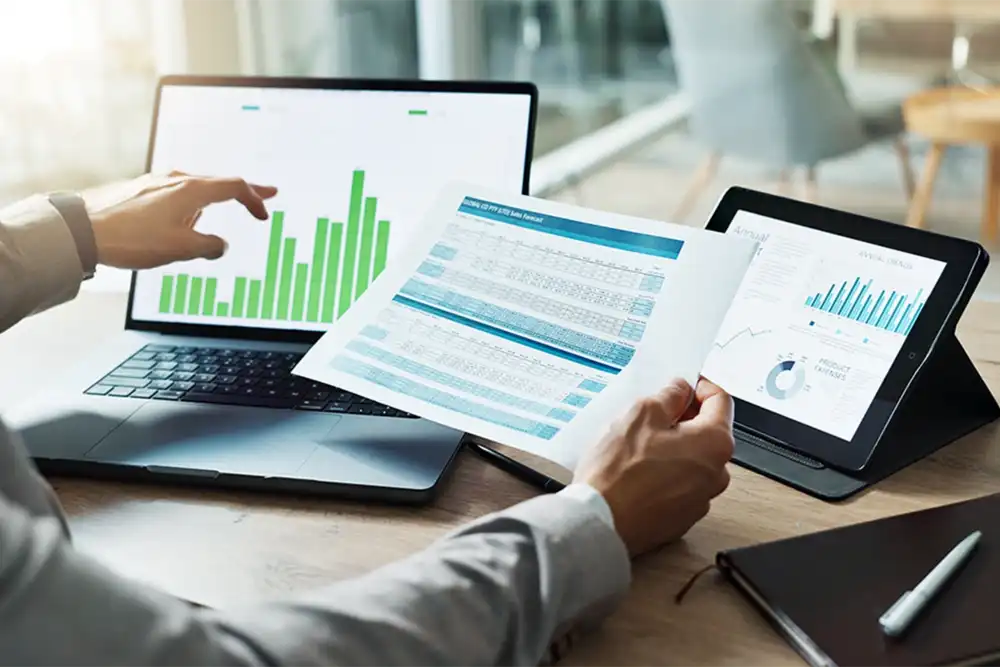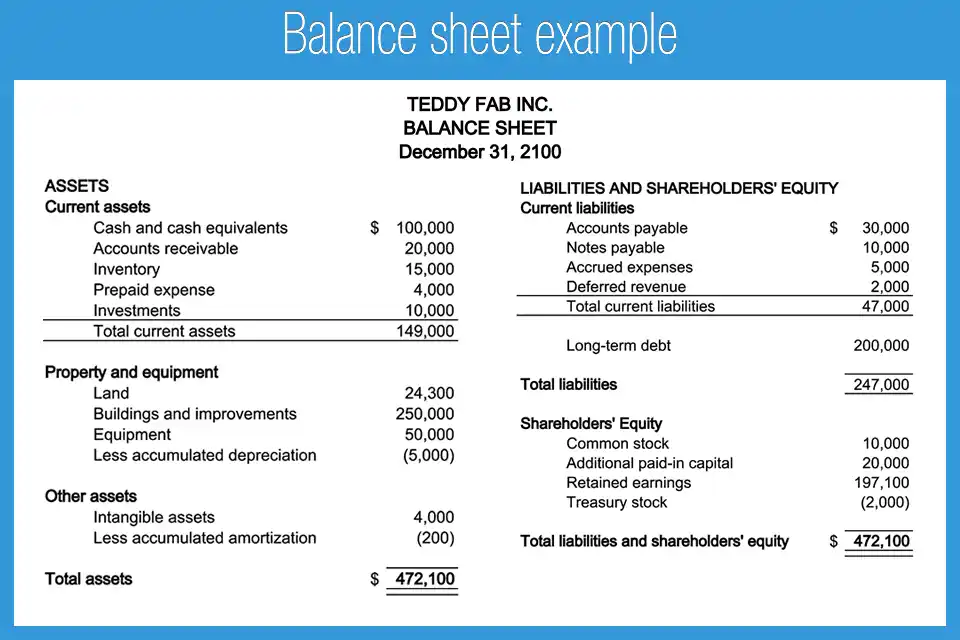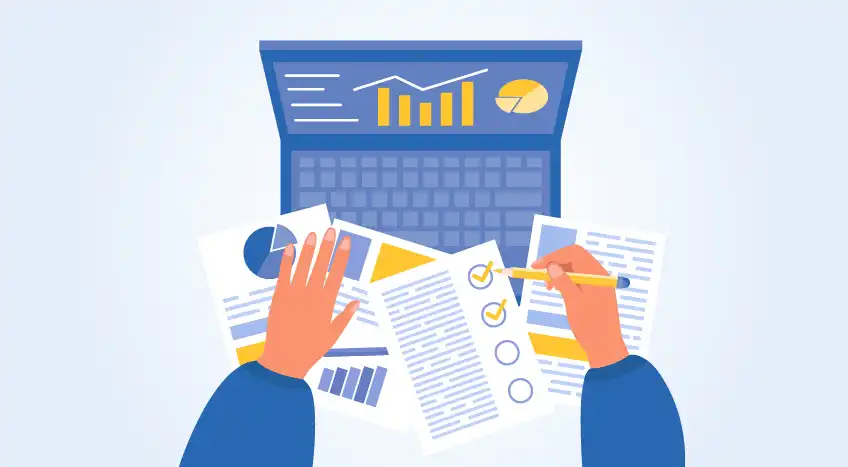To survive in the contemporary business world, more than just an idea and a good product is needed: they also need to be correctly and efficiently manage finances. Starting a new business or expanding an existing one, a proper accounting platform can either make or break your business. It is not only about expenses tracking or invoice issuing. A properly implemented accounting software system provides you with the understanding of your financial wellbeing, helps make strategic decisions, helps you stay compliant with the law, and ultimately, drives sustainable growth.
In this guide, we will take you through the process of selecting the best accounting software and how to make it work effectively within your business. We have gathered the best advice, hands-on instructions, and little known details to produce one comprehensive guide to small to medium-sized business.
Why Your Business Requires the Appropriate Accounting Software
Having a proper action plan and the necessary tools, you can achieve your business goals with confidence. And one of the most significant pieces of this formula is the application of an appropriate accounting system. Current accounting software is not only about bookkeeping, but the comprehensive financial management tool.
A good system helps in the running of business in the following ways:
- Provides financial real-time visibility
- Eliminates human error
- Automates procedures such as invoicing, payroll, and tax filing
- Enhances compliance and audit readiness
- Gives useful information on budgeting and forecasting
In a nutshell, accounting software is not only a tool of money management, but it also enables decision-making, operational flexibility, and growth with assurance.
Step 1: Know your Business Needs
To make the right use of software, you must have a clear understanding of your financial operations and long-term objectives.
This is what you should consider:
- Business Size: Smaller organizations may want to use less complex tools whereas large organizations may require more advanced tools such as multi-department tracking or enterprise resource planning (ERP).
- High transaction volume: More powerful automation is necessary where high frequency transactions are involved.
- Industry Requirements: As an example, retail may have to use inventory management, and service firms may have to use time tracking.
- Integration: Do you want to integrate your accounting software and CRM/POS/payroll/eCommerce?
- Scalability: Does the software have the potential to scale with your business?
Knowledge of these factors will mean that the solution you select will not only fulfill the current requirements, but also those that will be required in the future.
Step 2: Selecting the Proper Accounting Software
This is the most important process in the whole process. Make the wrong choice and you may end up with frustrations, money losses, and even financial mistakes. Make the right choice and you will optimize the operations, simplify the compliance and save time.
What to Look into Before Purchasing:
- Ease of Use: It is important to have an easy to use interface, particularly in a team that lacks accounting knowledge.
- Features Required: Invoicing, expenses tracking, reporting, payroll, taxation, inventory, bank reconciliation, etc.
- Cloud Accessibility: Is it available anywhere? The use of cloud software is becoming very vital.
- Customization Options: Is it possible to customize the software to fit your processes?
- Compliance and Audit Trails: The software should be compliant with local laws and should maintain records that can be tracked.
- Security: Find such features as data encryption, user access controls, and regular updates.
- Customer Support: Ensure that there is effective support, and as much as possible, it should be 24/7.
The Best Software Options
QuickBooks
- A popular system with powerful tools that suit small to medium enterprises.
- Superb invoices and expenses management
- Easy-to-use interface
- Scales up with growing businesses
- Integrates with numerous third party apps
Xero
- A favorite with powerful automation and cloud based.
- Fluent real-time cooperation
- Connects to more than 800 apps
- Perfect where there are remote teams and dynamic operations
FreshBooks
- Ideal for small companies and independent workers.
- Automated billing and time tracking are great
- Minimalist design and responsive
- Good customer service and integrations
Step 3: Planning of First Implementation
A lot of businesses fall into the trap of immediately setting up. However, effective planning lays the groundwork to a successful rollout.
Begin with a definition of what you want to achieve.
- Project objectives
- The scope of work
- Timeline
- Budget
- Risk assessment
- Roles and responsibilities
Your finance team, operations staff, and IT department should be involved early. Get everybody on board and on the same side.
Step 4: Data Migration and System Integration
Information is the spine of any accounting system. The migration of the spreadsheets or legacy systems should be done sensibly.
This is how you can do it:
- Clean Your Data: Delete duplicates, fix errors and standardize the entries.
- Backup All: Old data must be backed up just in case anything goes wrong.
- Do it in Phases: The first phase should be the migration of critical data: chart of accounts, customer/vendor data, open invoices.
After migration, verify that balances, reports, and transactions are correct. Your new system must be able to integrate with:
- Payroll systems
- CRM tools
- Point-of-sale systems
- Inventory management
- Tax preparation websites
Step 5: Training and Support of the Users
It does not matter how sophisticated your software is when your team is not familiar with it.
The following are the steps of onboarding your users:
- Host Training Sessions: Have sessions that are tailored to different users (admin, finance, general users).
- Utilize Help Resources: The majority of platforms have tutorials, webinars, and help centers.
- Give Continuous Support: Appoint an internal champion or a point person who can help in solving problems.
- Promote Feedback: Constant improvement is only possible when the users feel listened to.
Effective training enables your staff, increases implementation, and reduces change resistance.
Step 6: Maintenance and Monitoring
Implementation does not stop there; it is the start of an ongoing process.
Be sure to:
- Reviews should be done on a monthly or quarterly basis to track performance.
- Check to see what errors, bugs, or inefficiencies there are.
- Keep your software up to date and learn about new features.
- Scale to match the changing demands of your business
Routine maintenance will eliminate downtime, cut down expenses, and provide your system with the ability to scale with your business.
The Major Features that Pieces of Accounting Software Ought to Have
No matter which software you decide to use, you should look out for the following features:
Invoicing and Billing
- Auto-generate invoices
- Automatic payments
- Custom invoice templates
- Send reminders on delinquent payments
These assist in curbing delayed payments and excellent client relations.
Expense Tracking
- Upload receipts
- Categorize expenses
- Set budgets
- Prepare expense reports
Effective expense tracking enables better expenditure management and cost management.
Payroll Management
- Automation of salary payments
- Tax deductions and benefits
- Operate within the labor laws
A consolidated payroll system removes inaccuracies and saves man hours of work.
Real-Time Reporting
- Keep track of the cash flow
- Produce balance sheets, profit and loss statements and tailored reports
- Identify trends and make decisions based on data
- Availability of timely and accurate reports enhance business agility.
Security Considerations
Cybersecurity has become more important than before. Financial information is very sensitive and its exposure can be disastrous.
Look for:
- End-to-end encryption
- Role based access controls
- Two-factor authentication (2FA)
- Automatic backups
- Frequent system upgrades
Select a vendor with a good history of safeguarding customer information.
Cost analysis and budgeting
The price is a significant element, but do not make your choice only on the price.
Consider:
- Subscription fees
- Upgrade costs
- Integration fees
- Training expenses
- Support costs
Compare features with cost to determine long term ROI. An efficient budgeting process involves not only the cost of software, but also its value in terms of time savings and enhanced accuracy.
The Advantages of an Accounting System That Works Well
It pays to implement the proper accounting software in many ways:
-
Better Decision-Making
Real-time data enables you to react in real-time to market conditions.
-
Reduced Errors
Automations and validation checks prevent errors at an early stage.
-
Compliance Made Easy
Tax and audit tools are inbuilt to keep you in the right side of the law.
-
Cost and Time Saving
Faster invoicing, reporting and payroll = reduced operational costs.
-
Scalable Growth
A robust financial system will enable your company to grow at a high rate.
Measurement Metrics: What to Measure to Achieve Success
The following are some of the key performance indicators to measure:
Category |
KPI |
Results |
| Error Reduction | Manual accuracy: 96–99%
Automated: 99.9%+ |
Up to 4% improvement |
| Time Savings | Productivity boost | Up to 50% |
| Compliance | Higher regulatory adherence | 40% increase |
| ROI | Reduced costs, higher satisfaction | Revenue up to +20% |
Conclusion
Choosing and implementing the right accounting software is more than just a technical change—it’s a strategic move that supports your business’s long-term success. At The Finance Focus, we help small and medium-sized businesses set up efficient, reliable financial systems by guiding them through software selection, implementation, training, and ongoing support. With our expertise and tailored approach, we simplify your financial processes, ensure compliance, and help you work more efficiently—so you can focus on growing your business with clarity and confidence.









